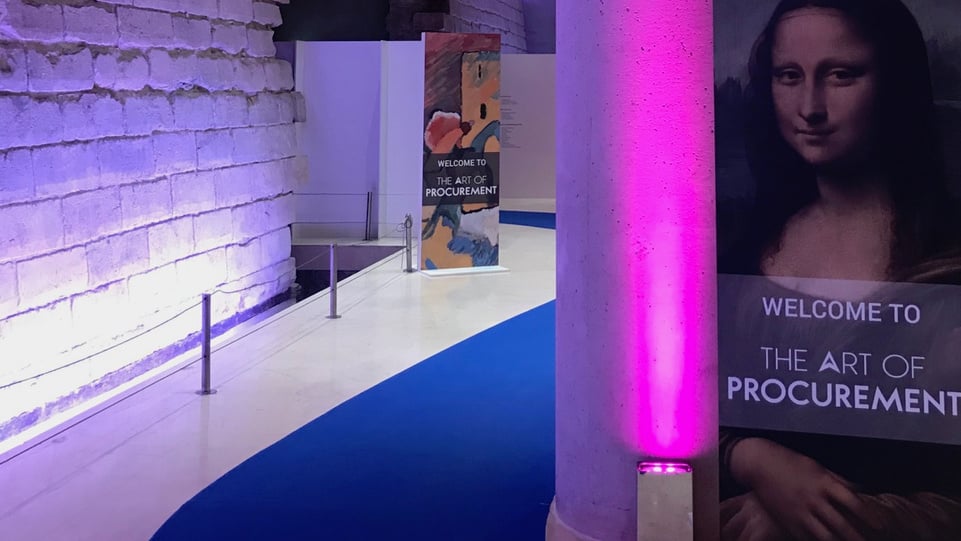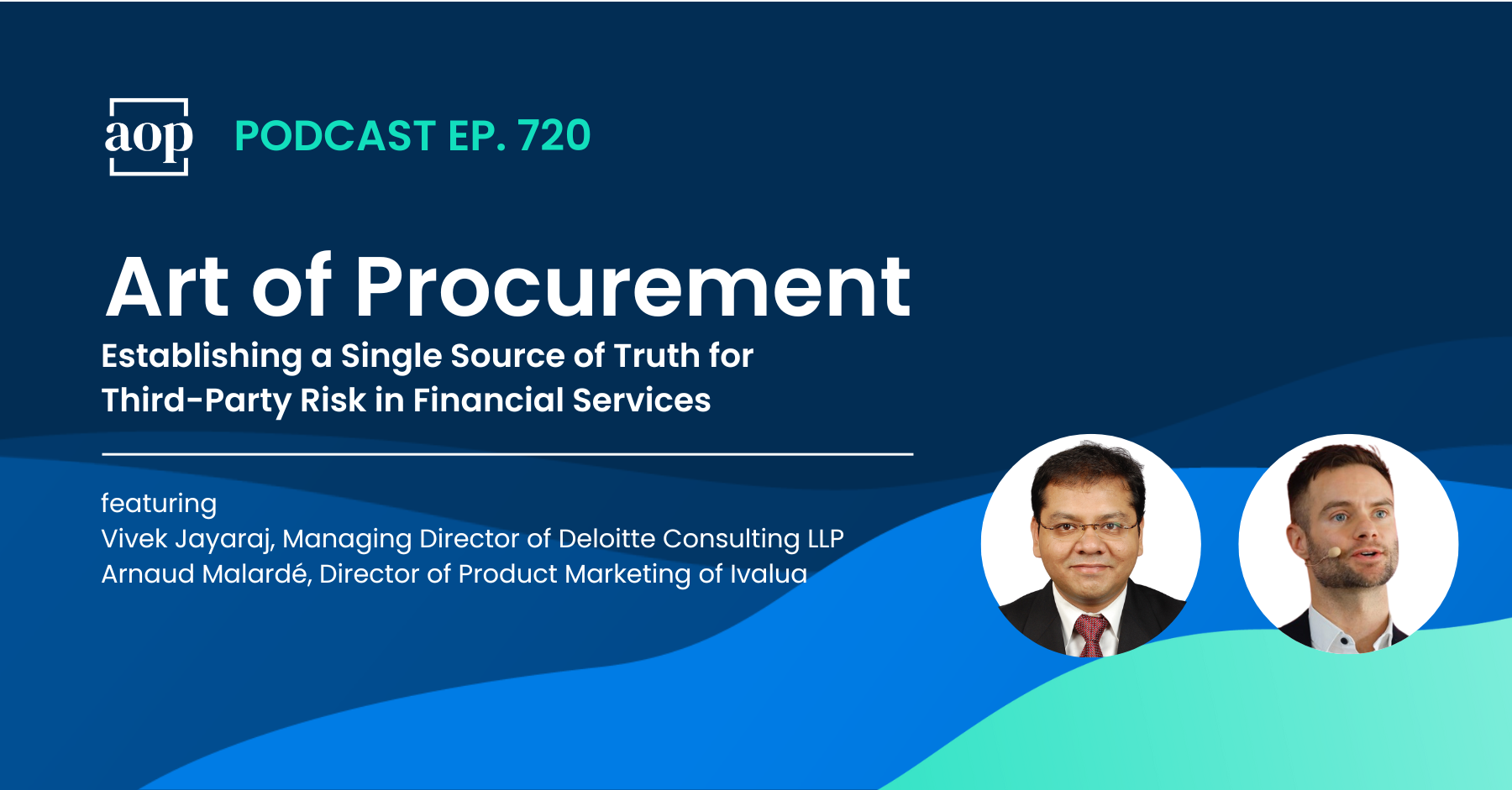
Last week I joined over 500 procurement pros under the watchful eye of the Mona Lisa to celebrate the “art” of procurement at Ivalua NOW – the European leg of Ivalua’s user conference series. If you follow Helen Mackenzie or I on social media, you’ll have seen our real-time commentary from what is arguably the art capital of the world.
For us at the Art of Procurement, it is exciting to see – nearly 4 years into our own journey – the growing realization that it is in the “art” where true competitive advantage is formed. This art is created by procurement professionals who are customer centric, commercially focused, creative and connected. The human ability to leverage flexible frameworks and enabling technology allows us to create outcomes greater than the sum of their parts. Transformation doesn’t require that we forget the science behind our efforts, and instead enables us to amplify it.
Over the course of two days, a number of Ivalua clients shared how they are leveraging technology to elevate the impact of procurement via utilization of both best of breed point and full suite offerings. In fact, we’ll have Deutche Telekom and Chassis Brakes International sharing their digital transformation journeys on an upcoming Art of Procurement podcast.
As someone who started my career in the automotive space, I also noticed a much bigger contingent of manufacturing firms than I would typically see at an event like this, which is a testament to Ivalua’s success in developing a platform built for both Direct and Indirect spend.
The Art of the Possible
The opening keynote from Ivalua’s founder and CEO David Khaut-Duy gave great insight into the future direction for their procurement empowered platform. Customer-centricity was a key theme of the roadmap for growth. Is it possible for a technology platform to be sculpted in a way that results in customer delight? David thinks so.
Natacha Trehan of the University of Grenoble inspired the audience by painting the art of the possible and her vision for Procurement 4.0. She described a world where procurement crafts partnerships with suppliers to help reinvent an organization’s business model; a world where “you do not choose best-in-class suppliers, they choose you”. If Natacha’s vision becomes a reality, becoming a customer of choice will be an even more important part of procurement’s remit than it is today. To get there, I believe we’ll need a different mindset coupled with skills that are traditionally associated with sales and marketing.
Painting Our Own Masterpiece
The most eye-catching statistic of the event came from Duncan Jones of Forrester Research regarding procurement’s self-assessed v. actual maturity.
Many of us think we’ve finished our masterpiece of procurement transformation and our Mona Lisa business model is ready to hang on the wall. In reality, however, the vast majority are still at a very early stage of the journey still crafting initial sketches or waiting for the pain to dry.
Just 4% of respondents assessed their maturity as being at the beginning of their journey, vs. 60% who are actually working at this level. On the flip side, 65% assessed themselves as advanced vs. the 16% who are truly advanced performers.
Think about that for a moment. As a profession, we are significantly overestimating our organizational maturity by a huge margin. Our procurement model masterpiece is nowhere near complete.
I am not disheartened that the paint is not yet dry on our procurement model. A statistic like this energizes rather than depresses me. We can take steps to get back on the right path. We can start with a 360-degree assessment across objective (performance metrics) and subjective (emotional and perceptive) dimensions. We need to use the findings to develop a strong executive governance program, where procurement can align much more closely with those who pay our bills to develop a capability that meets what the business needs, not what we think the business wants.
Like Da Vinci’s great works, the art of procurement is a living and evolving practice. I’ve discovered many examples of procurement artists who have shared their ways of working on the podcast. As long as we maintain an artistic mindset, we can keep moving forward and creating our own procurement work of art.
Additional reporting from Helen Mackenzie & Kelly Barner








